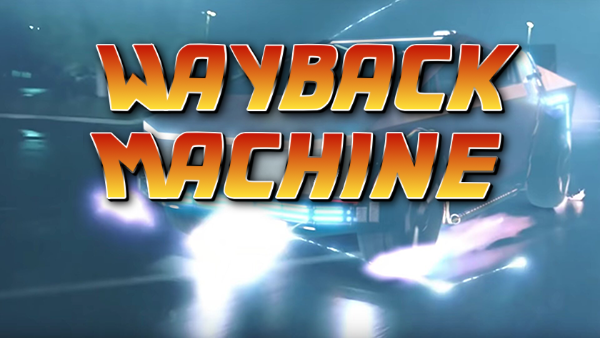Part of my livelihood comes from designing, building, and maintaining websites for other businesses. A simple Best Practice I follow is always to back up active websites in case of catastrophe. When my clients discontinue service for any reason, I let them know that I will maintain a backup of their site for one year, and they are welcome to take a copy of it with them upon departure.
When the pandemic struck, I had a client that I had a customer that chose to discontinue service because her entire business was put on hold. I offered her a copy of the site for the future, and she declined. I also backed up the site with a one-year retention as I always do. I understand that she was feeling down about her business prospects and times were tough. I contacted her before I purged the copy of her site at the end of the retention period.
As luck has it, the pandemic didn’t last forever. After about another year she called me excited and anxious to relaunch her business and her website. I reminded her that neither she nor I had a copy of it any longer. The result was that she would need a new site built from scratch. The problem was that her budget was limited and as a business owner, I can relate. That said, I decided to try to restore her site from The Internet Archive’s Wayback Machine
Granted this is not an option for a highly complex website with background processing and functionality. Fortunately her site, while highly visual and informative, was relatively static,
Restoring a Website From The Internet Archive’s Wayback Machine
The Internet Archive’s Wayback Machine, available at web.archive.org, is a digital archive of the World Wide Web and other information on the Internet. It allows you to see what a particular website looked like in the past. This can be particularly useful if you are looking up to see how a domain name was used in the past and get a feel for its reputation. I have found that it is also helpful if your website has been lost or deleted, and you want to recover it. Here’s a step-by-step guide on how you can do so.
Step 1: Visit The Wayback Machine
Go to web.archive.org. You’ll find a search bar where you can enter the URL of the website you want to access.
Step 2: Enter Your Website URL
Type in your website’s URL into the search bar and click on “Browse History.” This will take you to a calendar view, showing all the snapshots taken of your website over time.
Step 3: Choose a Snapshot
Each blue circle on the calendar represents a snapshot of your website from that date. Click on a date to see a snapshot from that time. Choose the most recent one, or the one you believe contains the information you need. I used a couple of different archive dates to complete the website I was restoring because each contained pieces I needed and were missing other pieces.
Step 4: Navigate the Archived Website
Once you’ve selected a snapshot, you can navigate the website just as you would with a live site. You can click on links, access different pages, and more. Remember, though, that not every page or element may have been archived.
Step 5: Copy the Necessary Information
You can now begin recovering your website. Start by copying any text or code that you need. If you’re trying to recover blog posts or similar content, this can be as simple as copying and pasting the text into a new document.
Step 6: Save Images and Other Media
To save images, right-click on the image and choose “Save Image As…” to download it to your computer. Note that some media, like videos or interactive elements, may not have been archived. This may seem tedious and there may be an automated way to download all the images, but I figured since this was an isolated case, I didn’t need to leverage automation or the time it would take me to find an automated method.
Step 7: Rebuild Your Website
Now that you have your content and media, you can start rebuilding your website. If you’re using a Content Management System (CMS) like WordPress, you can simply create new pages or posts and paste in your content. If your site was custom-built, you might need the help of a web developer (give me a call).
Remember, the Wayback Machine is an invaluable tool, but it’s not perfect. It might not have every page of your website, and some elements might be missing or broken. Still, it can be a lifesaver when you need to recover lost information. The various archived versions provided all the files I needed including downloadable PDFs.
Step 8: Prevent Future Losses
To prevent future losses, make sure to regularly back up your website. Most hosting providers offer automated backup services, and there are many plugins available for CMS platforms like WordPress that can handle backups for you. Regular backups ensure that you’ll always have a recent version of your site to fall back on if needed.
While losing your website can be stressful, tools like the Wayback Machine provide a ray of hope in recovering your lost data. Don’t give up hope and keep at it until you find a way. Always remember the importance of regular backups to prevent such scenarios from happening in the future.



